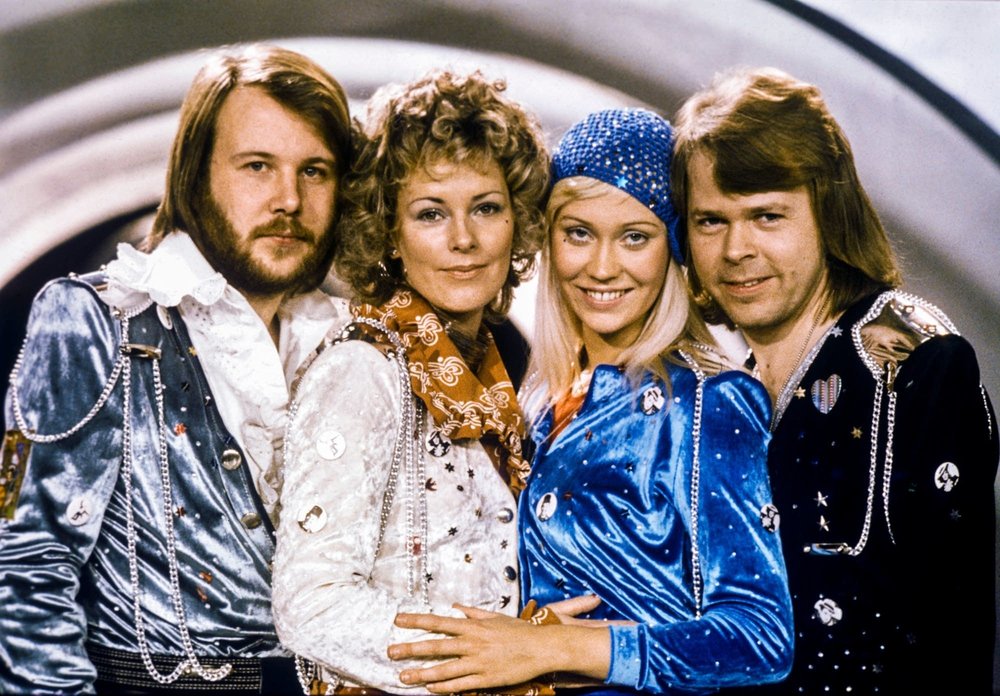
The Legacy of ABBA’s Greatest Pop Hit ‘Dancing Queen’

Chances are, you’ve probably heard of ABBA’s “Dancing Queen” one way or another – from being the background song in your aunt’s 45th birthday party to your mom’s high school reunion, to the radio station that is all about retro music. Fans of the ‘70s Swedish pop group would know the song by heart, even with just the first sweep of the piano.
“Dancing Queen” used to be played repeatedly in every disco, after all, it’s a hit that can get people up on their feet and grooving to the beat. It was the track that proved to be effective in lightening the mood in whichever occasion, so there’s no doubt how massive it was during its heyday. Of course, now, it can still be heard in events that have the ‘70s or ‘80s theme.
Despite the massive success and the fact that it had gone viral during the time, it wasn’t inducted into the Grammy Hall of Fame until 2015, or 40 years since “Dancing Queen” was penned. The song was written by ABBA members Benny Andersson and Bjorn Ulvaeus and was launched on Aug. 15, 1976 in Sweden, and was then immediately followed by a worldwide release.

Even before the official release of “Dancing Queen,” ABBA members already knew that it was going to be big
Massive From The Start
As one can notice, “Dancing Queen” was written a year before it was released, meaning it was shelved for 12 months before it finally saw light. This was more like it was set aside to release “Fernando,” a ballad that followed “Mamma Mia.” Despite the setback, the composers admit this was one of, if not, the best songs they had written up to date.
Remaining ABBA members, Agnetha Faltskog and Anni-Frid Lyngstad, meanwhile, were pretty sure that the song will be massive. But before it was even released, “Dancing Queen” had already made several “appearances,” but arguably the most remarkable was during the wedding celebration of Sweden’s monarchs, King Carl XVI Gustaf and Silvia Sommerlath. In their 18th century outfit while performing for the royal couple, this was the event that may have catapulted the Swedish group into worldwide stardom.
This was more than big – “Dancing Queen” sat comfortably at No. 1 in their home country for two straight weeks and it became the only song that earned the top rank in the United States. Indeed, members of the group have predicted its success.
Agnetha even revealed that their hair stood up when they recorded “Dancing Queen,” which was said to be one of the best disco songs of all time. It was first demoed under the title “Boogaloo” and took on “Rock Your Baby” by George McCrae, a disco-fave hit as well.

ABBA’s “Dancing Queen” was a staple song played by DJs in disco bars
ABBA’s Legacy
Meanwhile, the pop song’s legacy remains alive till the modern days. It has been borrowed and revisited many times, including in the film “Mamma Mia!” where Meryl Streep performed the song. Sharper, clearer iteration of “Dancing Queen” can also be observed in the 2018 version of “Mamma Mia!” Musical series “Glee” also gave in to the classic ABBA fever and performed the group’s songs in an episode.
There are many more that took on “Dancing Queen,” either releasing their cover or giving it their own mix, which totaled 50 recordings. There are also those that took inspiration from it, including Elvis Costello whose “Oliver’s Army” followed on the piano chords of the ABBA song.
“Dancing Queen” remained iconic and revisited, probably because it was beautifully created, euphoric, and head-popping. Or perhaps, it’s the explosive chorus right after the finger rolls on the piano that made people dance their hearts out.
ABBA
The Swedish group first came to existence in 1972 and immediately gained fame with their hits. ABBA, which is actually the acronym of the names of the members, was arguably one of the pride of the country as evident in 1974 when they won the Eurovision Song Contest in Brighton, United Kingdom, the first win for Sweden in the competition.

For a decade, Swedish band ABBA offered mellow and upbeat hits to the audience
ABBA was made up of two couple, Faltskog and Ulvaeus and Andersson and Lyngstad, but as their band had gotten recognized, their marriages suffered, which ultimately showed in some of their songs that contained darker, sadder lyrics. The group finally went their separate ways in 1982.
More in Music
-
`
Straight Outta 90’s: Are Slap Bracelets Making a Comeback?
They say fashion can be painful. If that’s true, then we must have been the trendiest kids on the block back...
November 9, 2024 -
`
Cher Teases Tracklist for Her Album of ABBA Covers
The wait is over and Cher has finally released the tracklist for her album of ABBA covers. She revealed the list...
November 9, 2024 -
`
Here’s Why Retro Games Are Still Immensely Popular to This Day
In this day and age, many people still love the timeless retro games that once sold millions of copies, despite the...
November 9, 2024 -
`
Another David Bowie Boxed Compilation Is Coming Out This Year
There are so many iconic musicians the world has seen over the past couple of decades. Some of them have unfortunately...
November 9, 2024 -
`
The Parent Trap’s Main Cast 20 Years Later
Media gives people a chance to take a look back in time and see it once again, since it is something...
November 8, 2024 -
`
From School Labs to Chalkboards, 90’s Experiences That Don’t Exist in Schools Anymore
For someone who attended high school in the 90s or the early 2000s, the idea of stepping into today’s modern day...
November 8, 2024 -
`
This Is How Muhammad Ali Influenced Hip Hop Music
Before Floyd Mayweather or Manny Pacquiao, there was the greatest boxer of all time, Muhammad Ali. He was indeed one of...
November 8, 2024 -
`
Ultimate Guide for Buying Used Retro Games Online
At this age where movies can be easily downloaded via a torrent site or streaming is made easy by the free...
November 8, 2024 -
`
9th Year Anniversary of Paul Walker’s Death Celebrated With A Documentary
It has been 21 years now when the very first The Fast and the Furious film was actually released. Starring Vin Diesel,...
November 7, 2024

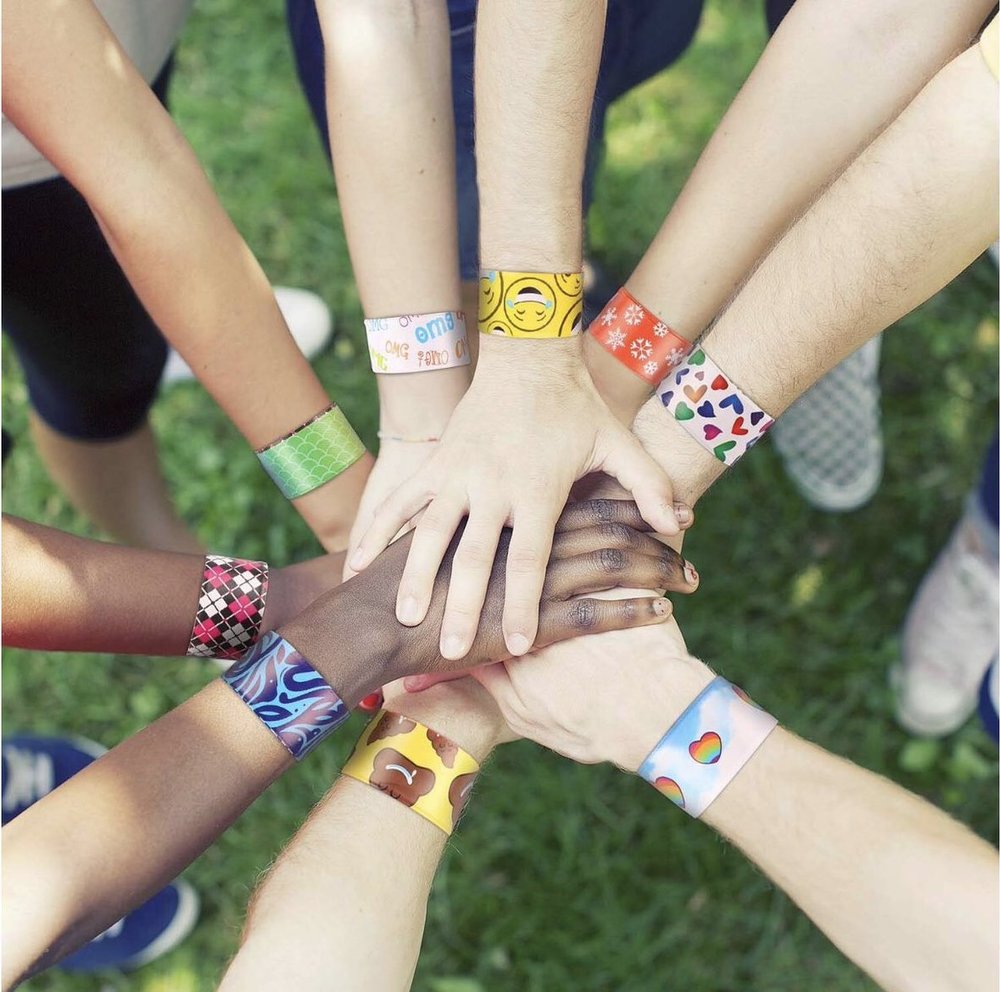


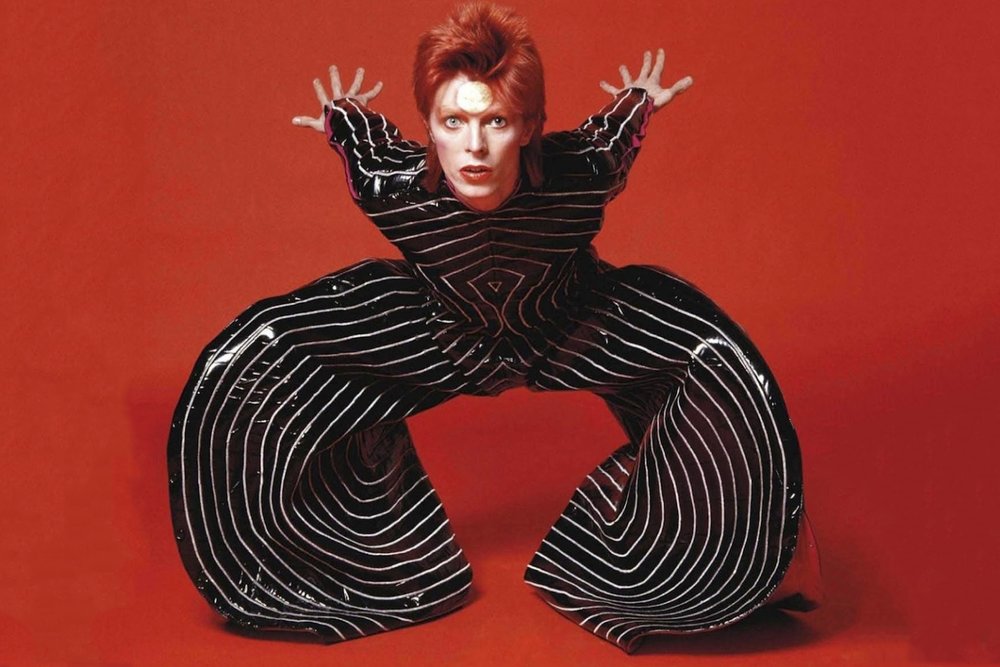
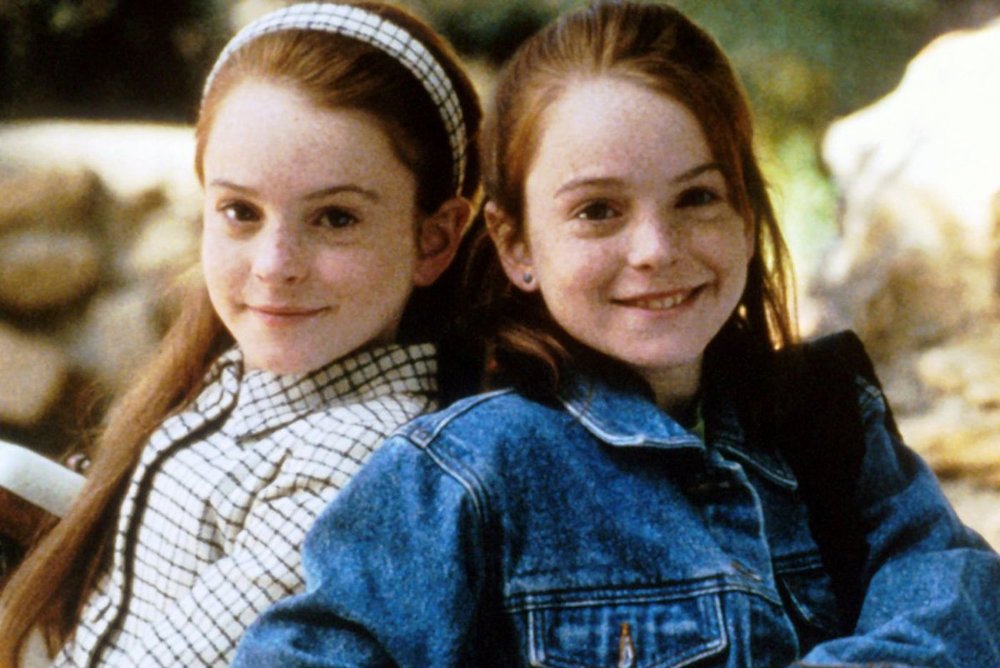



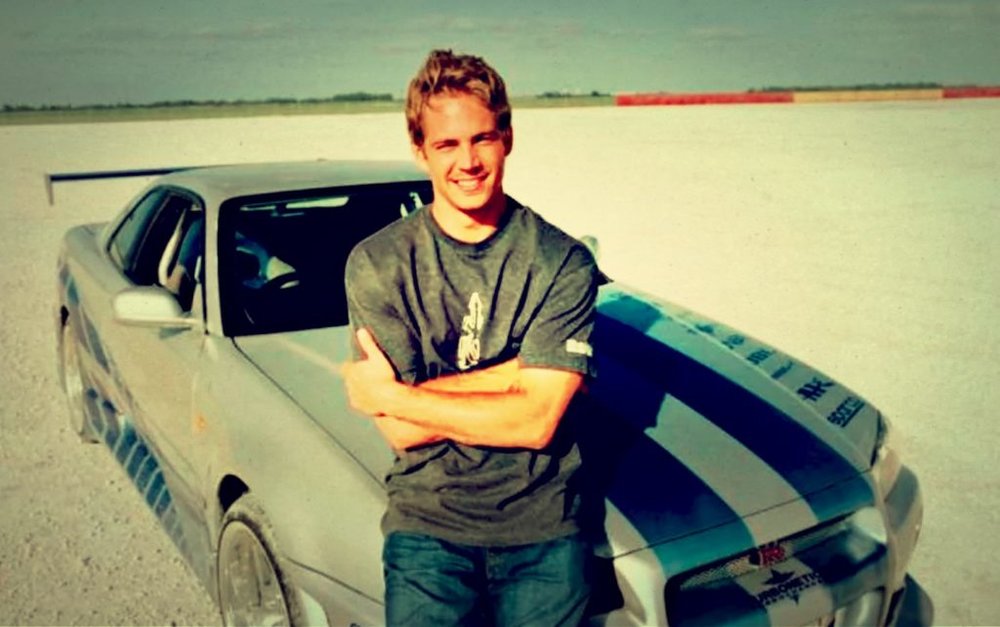
You must be logged in to post a comment Login